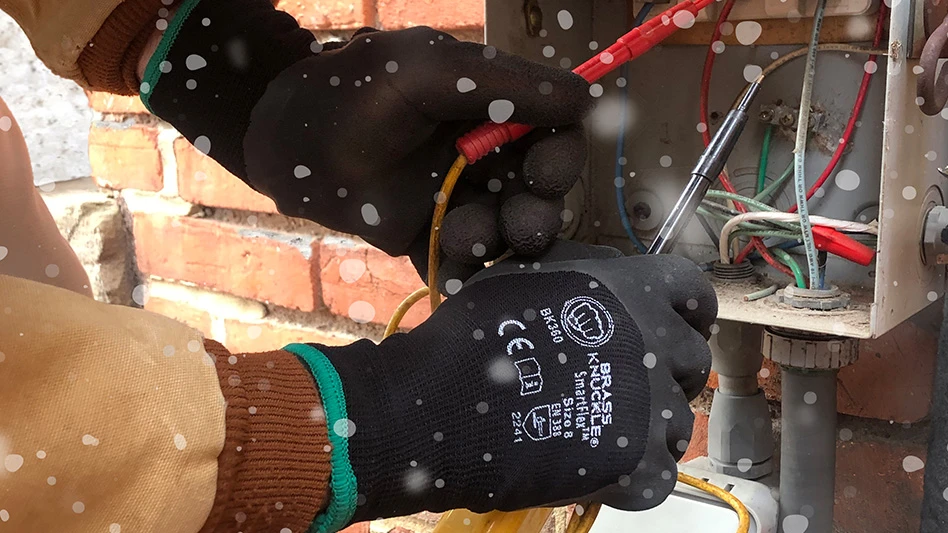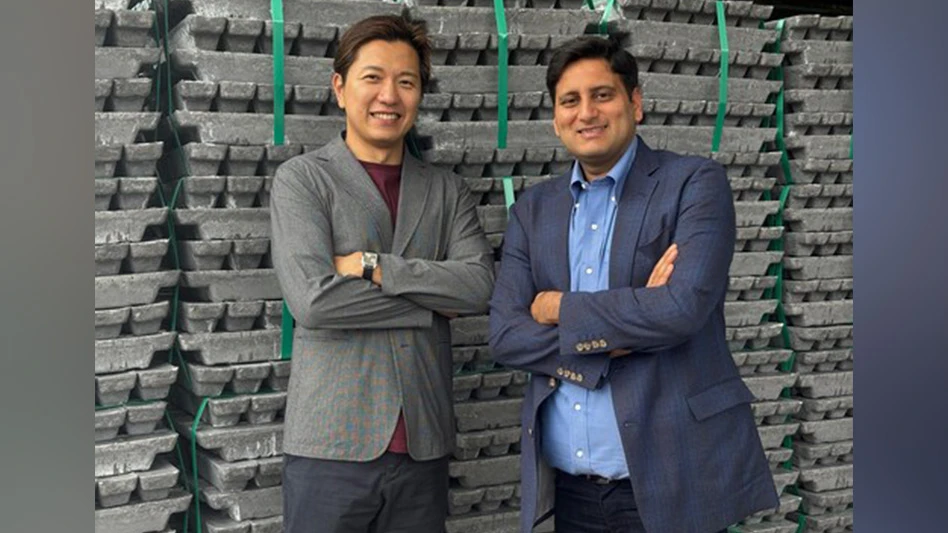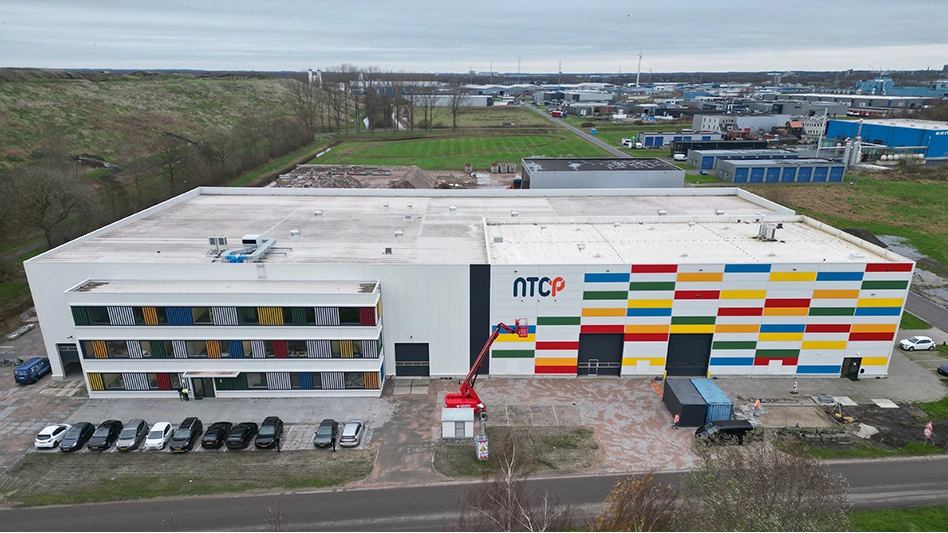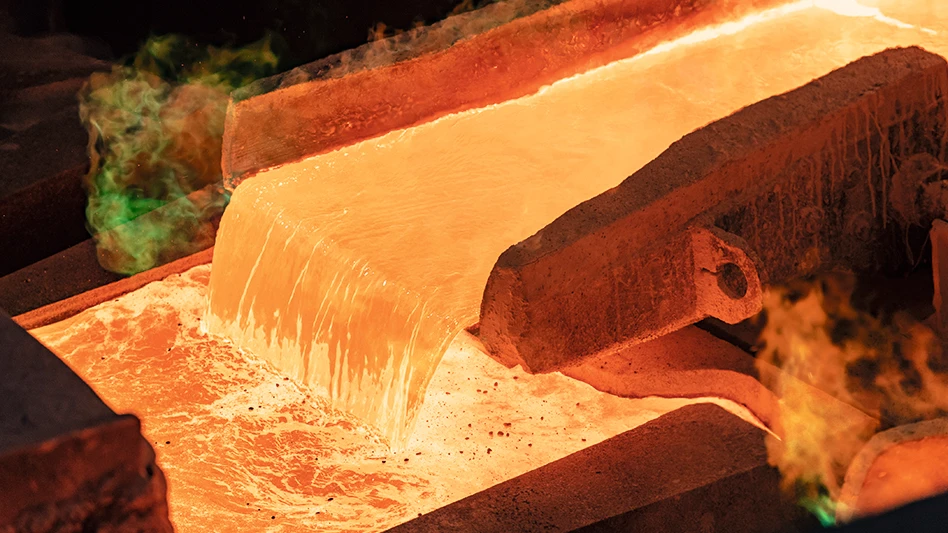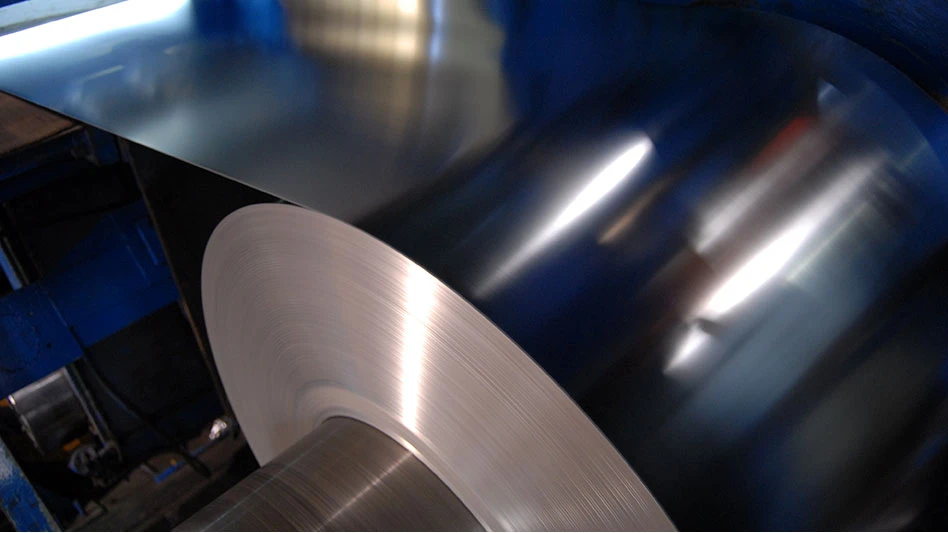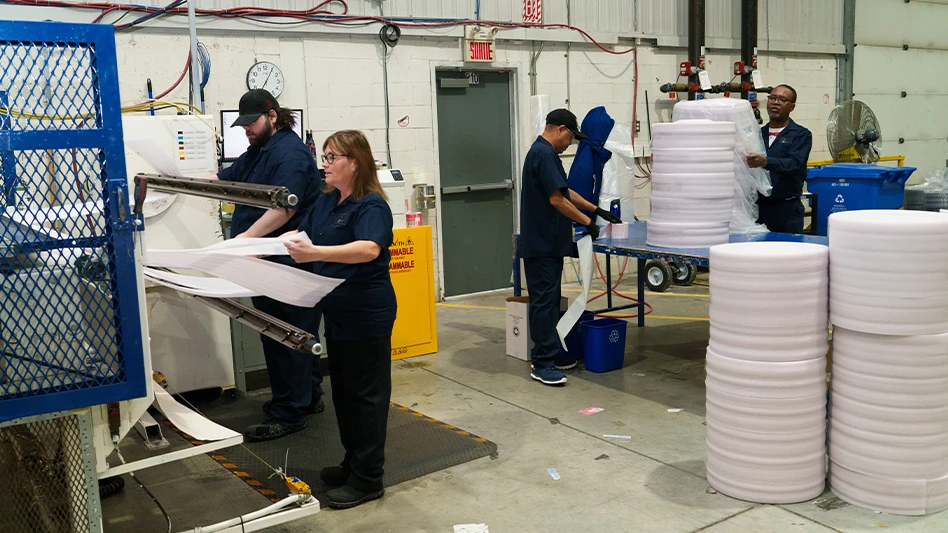
The Monterey Regional Waste Management District (MRWMD) has started up its new material recovery facility (MRF), which features equipment supplied by Bulk Handling Systems (BHS), Eugene, Oregon. THE MRWMD serves an 853-square-mile area and nine member agencies in western coastal Monterey County.
The recovery system processes up to 80 tons per hour (tph) on two lines, BHS says. The multimaterial line processes 30 tph of commercial and residential single-stream recyclables or 40 tph of commercial mixed materials, while the construction and demolition line handles 40 tph. The $24 million project occupies 100,000 square feet of the district’s campus, which also includes the country’s first Smartferm anaerobic digestion (AD) system, which was installed in 2013, BHS says.
“This system is a key component supporting our mission of ‘Turning Waste into Resources,’” says District General Manager Tim Flanagan.
This first-of-its-kind system on California’s Central Coast will help the regional building industry comply with the CalGreen 65 percent diversion mandate for new construction, he continues. “It will also provide the incremental diversion necessary for our community to meet the state 75 percent recycling goal by 2020.”
Flanagan adds, “We’re very proud of what we’ve achieved and hope the community is equally excited to see firsthand the new world-class technology that makes ‘MRF 2.0’ special.”
.gif)
All recyclables are baled with a Kadant PAAL Konti baler. PAAL balers are Europe’s market leader and were introduced to North America last year through an exclusive partnership with BHS.
“The MRWMD has been a longtime partner to BHS, and we are honored to have once again delivered a state-of-the-art solution,” says BHS CEO Steve Miller. “Processing 80 tons per hour is an achievement for any operator, but the district really stands out in its deep commitment to high levels of both recovery and product quality. Their leadership has committed to the technology necessary to achieve their desired results as they continue on their path to a zero waste future.”
Wholly owned subsidiaries of BHS include Nihot, NRT and Zero Waste Energy. BHS is also the home of Max-AI technology, a form of artificial intelligence that identifies materials, makes intelligent decisions and directs equipment such as robotic sorters, BHS says.
Latest from Recycling Today
- Nucor names new president
- DOE rare earths funding is open to recyclers
- Design for Recycling Resolution introduced
- PetStar PET recycling plant expands
- Iron Bull addresses scrap handling needs with custom hoppers
- REgroup, CP Group to build advanced MRF in Nova Scotia
- Oregon county expands options for hard-to-recycling items
- Flexible plastic packaging initiative launches in Canada
